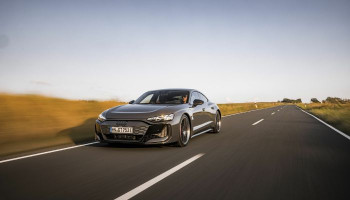
Autonomous vehicles, also known as self-driving cars, are revolutionising the transportation industry. As they become more widespread, researchers are exploring how they might affect traffic laws and infrastructure.
The advent of self-driving cars could lead to significant changes in traffic laws and signals — a white light — to indicate when autonomous vehicles are in control of an intersection. Alternatively, self-driving cars could make traffic signals completely obsolete.
The idea of a white light signal is to tell human drivers to follow the vehicle in front of them, as autonomous vehicles take control of the intersection. Researchers like Al Hijabai, an associate engineering professor at North Carolina State University are exploring that concept.
Read more: Tesla super charger locations may not increase as Elon Musk fires entire team
However, he notes that this transition won't be possible until about half of all vehicles on the road are self-driving. Another approach is being tested in Detroit, a suburb of Birmingham, where researchers at the University of Michigan are conducting a pilot programme to adjust traffic lights in real-time using car speed and location data.
What makes it a more feasible solution is that this approach doesn’t require any infrastructure change.
Traffic lights date back to 1914 when Cleveland introduced the first "municipal traffic control system" with only green and red lights. Yellow was added a few years later, and since then, traffic lights haven't changed much.
Companies like Tesla, Mercedes, GM, and Ford are already working on the autonomous rideshare service owned by Google's parent company Alphabet, which operates in several cities. Although fully autonomous vehicles are not yet on the market, it is important to consider how they will interact with human drivers and existing infrastructure.
















